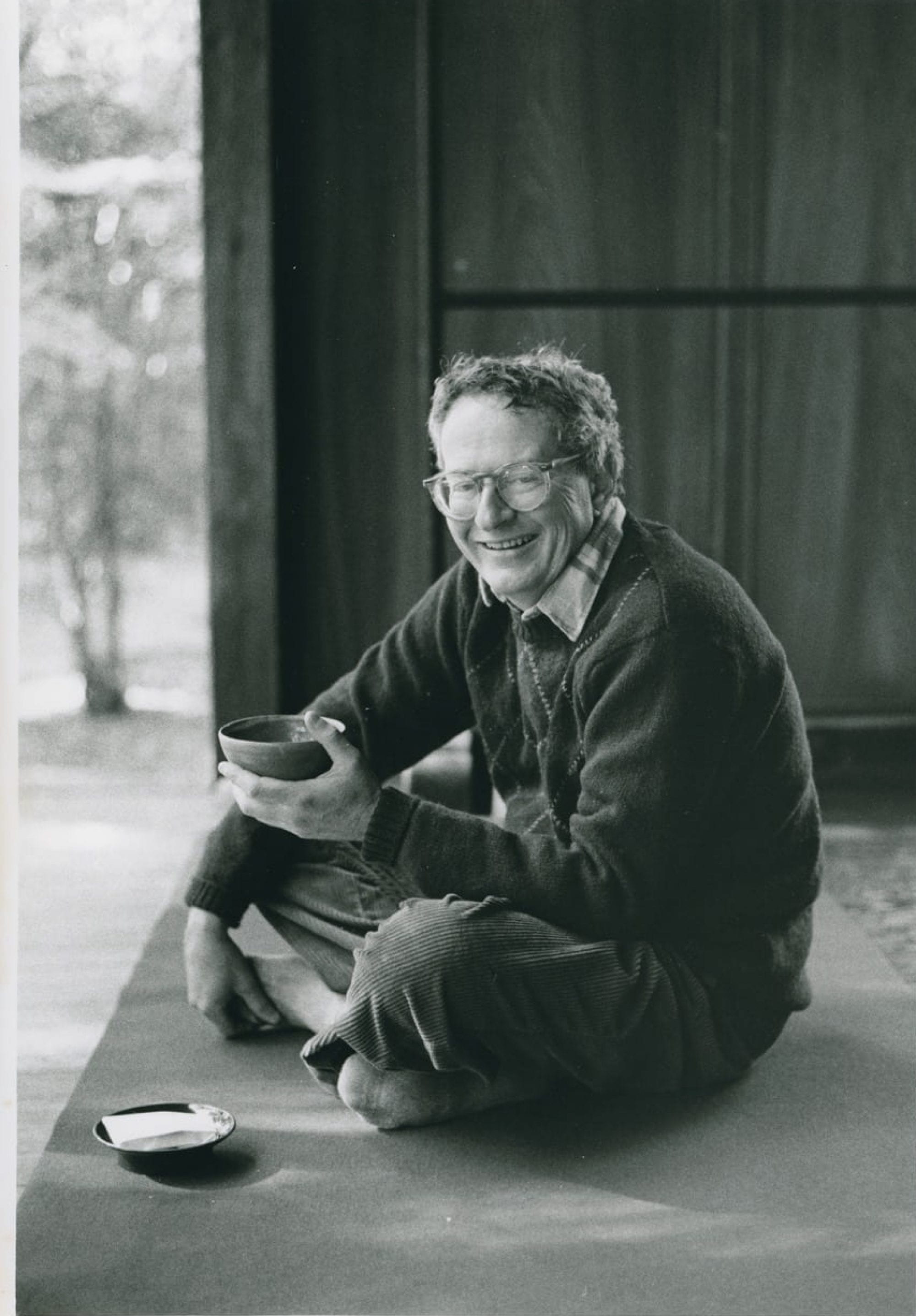Artist: Utagawa Hiroshige 歌川広重 (1797-1858)
Title: Fujimi hyakuzu 無題 [富士見百図]
Date of Publication: 1859 (Ansei 6).
Publisher: Nagoya: Eirakuya Tōshirō
Medium: Woodblock printed, ink and color on paper.
Dimensions: Hanshibon: 21.7 × 15.5 cm
Gift of Arthur Tress
Kislak Center for Special Collections – Arthur Tress Collection. Box 16, Item 10.
The Fujimi hyakuzu in the Tress collection is illustrated by Utagawa Hiroshige, showing twenty double page illustrations in color with Mt. Fuji seen from various locations, and two single page illustrations. There are two preface sheets and two additional illustrations. The publisher is identified in this copy as the Nagoya publisher, Eirakuya Tōshirō (copies at The Met and the Smithsonian do not include this information). Fujimi means places where Mt. Fuji may be seen, thus, the subject of the book is Mt. Fuji and the changing landscape around the mountain. Many of the images show a gradient in the water and the sky, demonstrating the skill of the publishers.
Hiroshige is best known for his first set of great landscape prints The Fifty-three Stations of the Tōkaidō Road (ca. 1832), that captured a time of day and season in a specific space on the Tōkaidō road. After his success with this project, Hiroshige continued to create series-based artworks, and the Fujimi hyakuzu is a representative of this continued exploration in his body of work. This is also important because the title Fugaku shinkei, Real Views of Mount Fuji, is given on the covers of this book. Hiroshige also mentions in his preface that Hokusai’s Fugaku hyakkei is great work but having been created compositionally, it is not as representational but is more interpretive, and the mountain was secondary in the work. Hiroshige explains that his images, by contrast, are based on sketches of the actual representational views. The intention is to show views to individuals who do not have access to these spaces.
Hiroshige presents the images in a diptych-like fashion, spanning both pages; it suggests that he made a conscious choice to divide the landscape this way. This could be for artistic discretion, or a publisher’s choice given how the woodblock prints would work best for printing at the hanshibon size.
The gutter between the images separates them, and this separation of the images on each page gives each picture an identity. They thus could work as standalone artworks. Yet the images also serve as a single overall image connecting each page together when the book is open. The double page images bleed into each other, past their borders, thus completing the total landscape. This juxtaposition in the landscape works in two ways. First, the borders are conterminous, meaning there is a gestalt to the two single images completing the whole image. Second, the images function as if the viewer was looking through a window, or at images in a frame. This is why the diptych function is useful when describing the artwork in Fujimi hyakuzu (Toda, p. 300)
Other Copies of the Book:
- Pulverer Collection, Freer Gallery of Art, Smithsonian Washington DC http://pulverer.si.edu/node/1046/title/1
- Smithsonian Libraries https://library.si.edu/digital-library/book/fujimihyakuzu00ando
- The Metropolitan Museum of Art https://www.metmuseum.org/art/collection/search/78616
Additional Reading:
- Toda, K. Descriptive catalogue of Japanese and Chinese illustrated books in the Ryerson Library of the Art Institute of Chicago. Mansfield Centre, CT: Martino.
Posted by Derek Rodenbeck
April 15th, 2020







